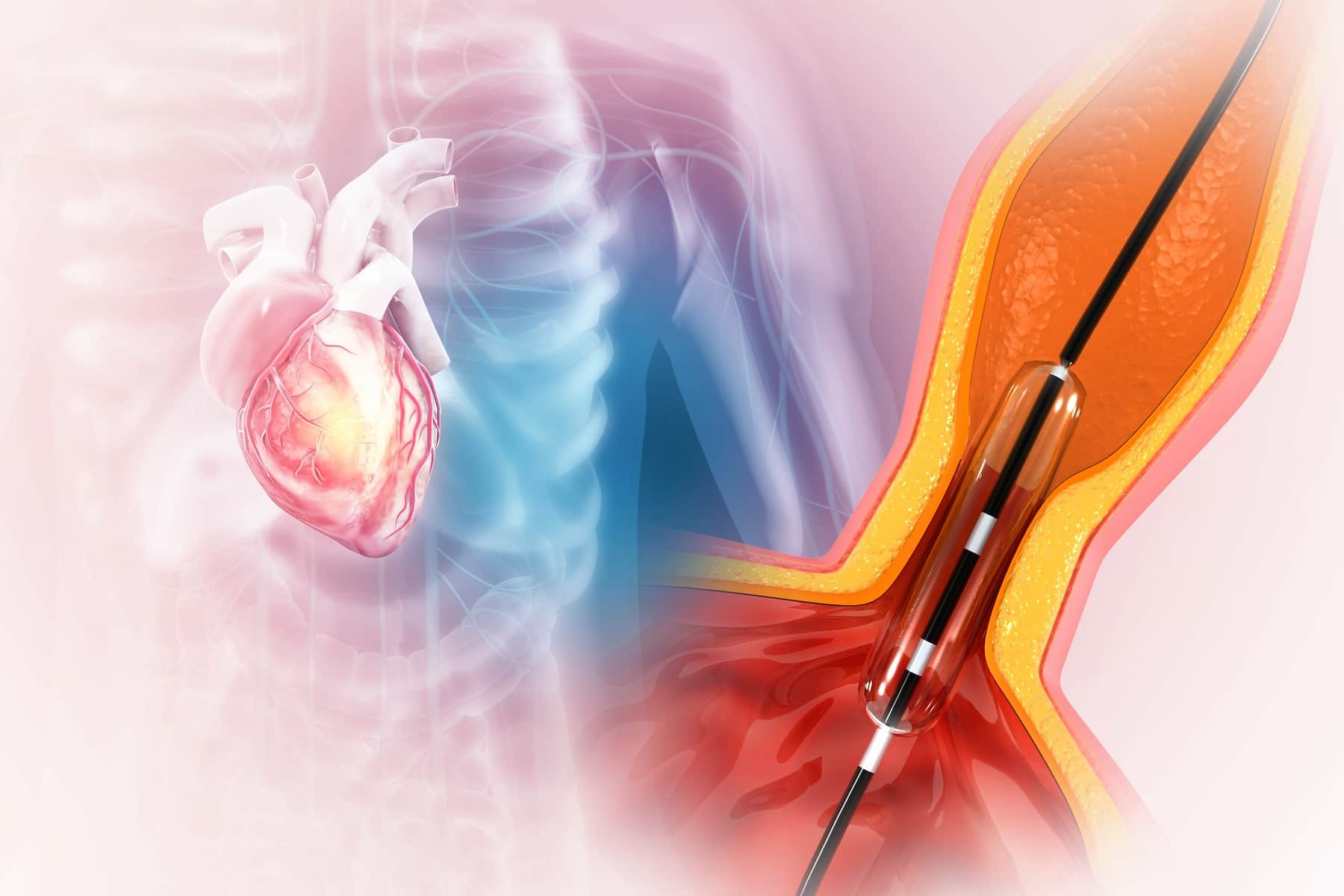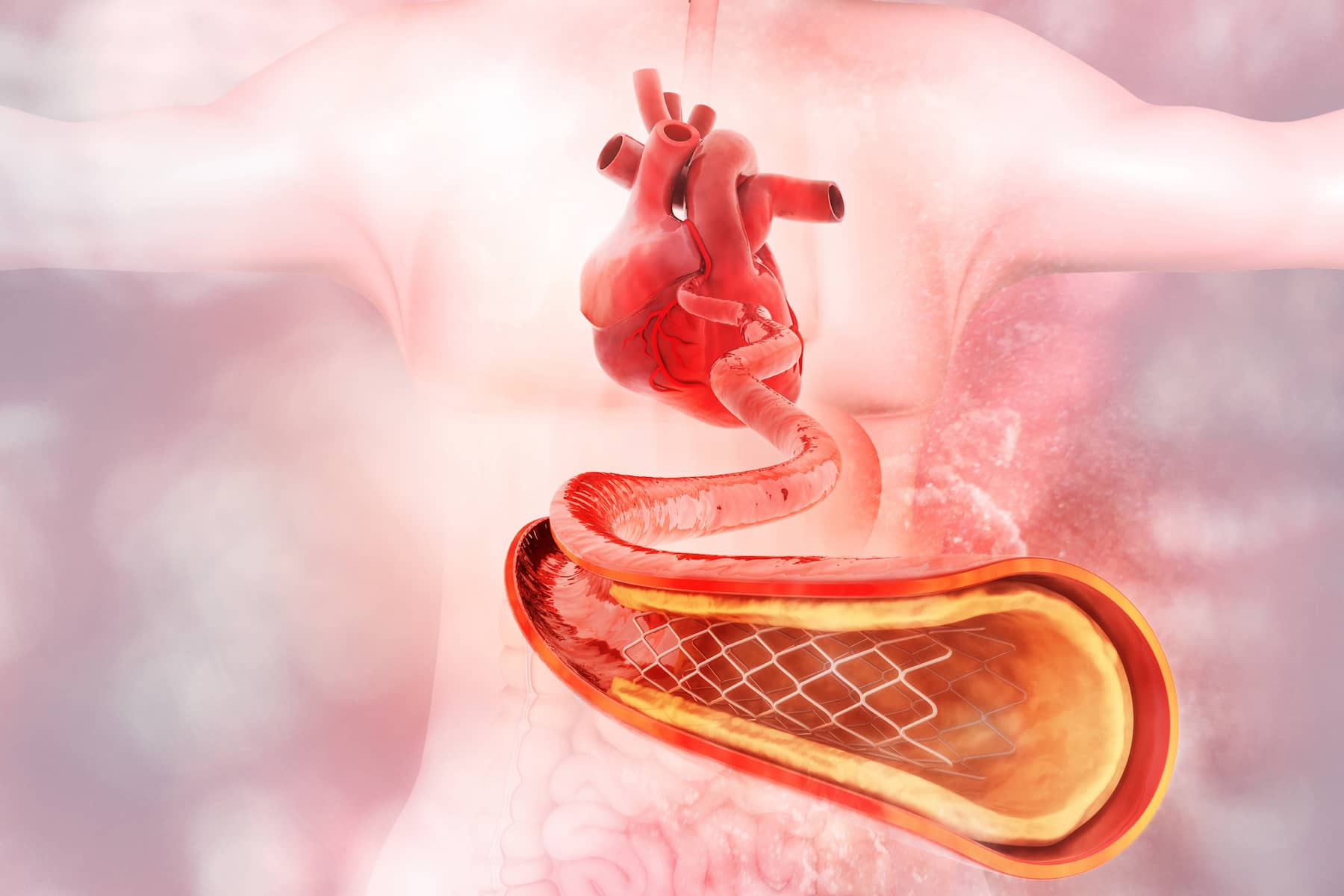
Interventional Cardiology
Cardiology is a branch of medicine that deals with the study, diagnosis, and treatment of heart conditions. Within this field, there is a sub-specialty known as interventional cardiology. In this article, we’ll explore what interventional cardiology is, the difference between a cardiologist and an interventional cardiologist, the most common procedures performed by interventional cardiologists, and what conditions are treated using interventional cardiology.
What Is Cardiology?
Before we delve into interventional cardiology, let’s first define what cardiology is. Cardiology is the branch of medicine that deals with the study, diagnosis, and treatment of heart conditions. This includes conditions such as coronary artery disease, heart failure, arrhythmias, and congenital heart defects.
Cardiologists are medical doctors who specialize in the study and treatment of heart conditions. They use a variety of diagnostic tools such as electrocardiograms (ECGs), echocardiograms, and cardiac catheterization to diagnose heart conditions. Treatment options can include lifestyle changes, medications, and surgical procedures.
About Interventional Cardiology?
Interventional cardiology is a sub-specialty of cardiology that focuses on using minimally invasive procedures to diagnose and treat heart conditions. Interventional cardiologists are medical doctors who have completed additional training in interventional cardiology.
Interventional cardiology procedures are less invasive than traditional surgery, which means they are associated with fewer risks, require less recovery time, and are generally less expensive. These procedures are done using small incisions and catheters, which are thin, flexible tubes that can be guided to the heart through blood vessels.

What Is the Difference Between a Cardiologist and an Interventional Cardiologist?
While both cardiologists and interventional cardiologists specialize in the diagnosis and treatment of heart conditions, there are some key differences between the two.
Cardiologists primarily diagnose and manage heart conditions using medications, lifestyle changes, and other non-invasive treatments. They may also refer patients to interventional cardiologists for specialized procedures.
Interventional cardiologists, on the other hand, specialize in performing minimally invasive procedures to diagnose and treat heart conditions. They use specialized tools such as catheters to perform these procedures. Interventional cardiologists often work in partnership with cardiologists to provide comprehensive care for patients.
What Procedures are Considered Interventional Cardiology?
Interventional cardiology is a sub-specialty of cardiology that uses minimally invasive procedures to diagnose and treat heart conditions. These procedures are often performed using catheters, which are inserted through a small incision in the skin and guided to the heart. The goal of interventional cardiology is to treat heart conditions while minimizing risk and recovery time for the patient. In this article, we will explore some of the procedures that are considered interventional cardiology. Several procedures are considered interventional cardiology, some of the most common include:
Angioplasty: Angioplasty is a common interventional cardiology procedure used to treat narrowed or blocked arteries in the heart. During the procedure, a catheter is inserted into an artery in the groin or wrist and guided to the blocked artery. A small balloon on the end of the catheter is then inflated to widen the artery and improve blood flow. In some cases, a stent may be placed in the artery to keep it open.
Cardiac Catheterization: Cardiac catheterization is a diagnostic procedure used to evaluate the health of the heart and blood vessels. During the procedure, a catheter is inserted into an artery or vein in the groin or wrist and guided to the heart. Contrast dye is then injected into the catheter, which allows the cardiologist to see the flow of blood through the heart and blood vessels using X-rays.
These are just a few examples of the procedures that are considered interventional cardiology. The field is constantly evolving, and new procedures are being developed all the time. If you have a heart condition, talk to your cardiologist to see if interventional cardiology may be an option for you.
Embolization: Embolization is a procedure used to treat abnormal blood vessels in the heart, such as aneurysms or arteriovenous malformations (AVMs). During the procedure, a catheter is inserted into an artery and guided to the abnormal blood vessel. A substance is then injected through the catheter to block off the blood supply to the abnormal vessel and prevent it from rupturing.
These are just a few examples of the procedures that are considered interventional cardiology. The field is constantly evolving, and new procedures are being developed all the time. If you have a heart condition, talk to your cardiologist at Healthy Türkiye to see if interventional cardiology may be an option for you.
Atherectomy: Atherectomy is a procedure used to remove plaque from blocked arteries in the heart. During the procedure, a catheter is inserted into the artery and guided to the blocked area. A device on the end of the catheter is then used to break up the plaque and remove it from the artery.
Structural Heart Procedures: Structural heart procedures are a group of procedures used to treat conditions affecting the valves and chambers of the heart. These procedures may include valve repair or replacement, closure of atrial or ventricular septal defects, and closure of patent foramen ovale. These procedures are often performed using catheters, which means they are less invasive than traditional surgery.
Transcatheter Aortic Valve Replacement (TAVR): TAVR is a procedure used to treat aortic stenosis, which is a condition where the aortic valve becomes narrowed and doesn’t open properly. During the procedure, a catheter is inserted into an artery in the groin or chest and guided to the heart. A replacement valve is then inserted through the catheter and placed in the diseased valve.
The Study of Interventional Cardiology
In a recent study published in the Journal of Cardiology, researchers conducted a comprehensive analysis of interventional cardiology procedures. The study involved a large cohort of patients with various heart conditions who underwent interventional cardiology procedures, including angioplasty, cardiac catheterization, embolization, atherectomy, structural heart procedures, and TAVR. The researchers found that these minimally invasive procedures have proven highly effective in diagnosing and treating heart conditions while minimizing risks, recovery time, and costs for patients. The study highlighted the importance of interventional cardiology as a valuable sub-specialty within cardiology, offering a range of benefits for patients with heart conditions. These findings underscore the significance of considering interventional cardiology as a viable option for those in need of heart treatment.
Conclusion
Interventional cardiology is a sub-specialty of cardiology that focuses on using minimally invasive procedures to diagnose and treat heart conditions. Interventional cardiologists are medical doctors who have completed additional training in interventional cardiology. Some of the most common procedures performed by interventional cardiologists include angioplasty, cardiac catheterization, embolization, atherectomy, structural heart procedures, and TAVR.
While traditional surgery is still sometimes necessary to treat certain heart conditions, interventional cardiology offers many benefits over traditional surgery, including fewer risks, less recovery time, and lower costs. If you have a heart condition, talk to your specialists at Healthy Türkiye to see if interventional cardiology may be an option for you.



